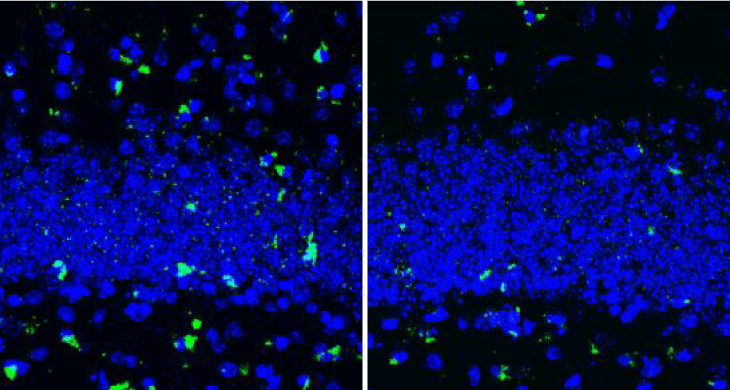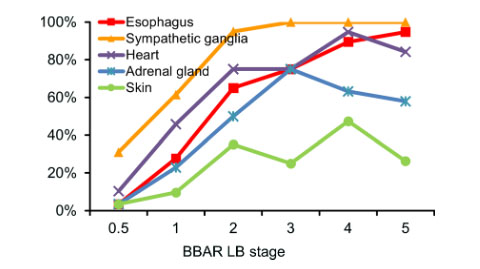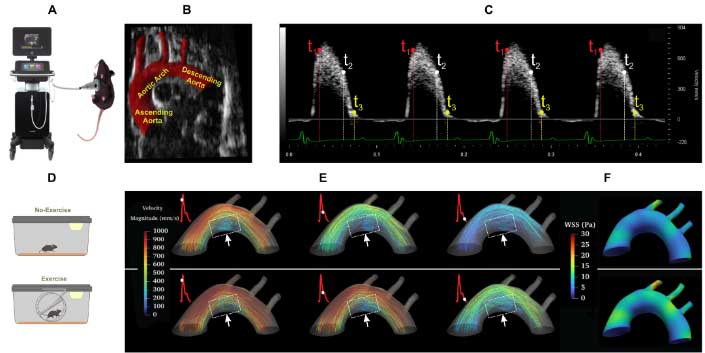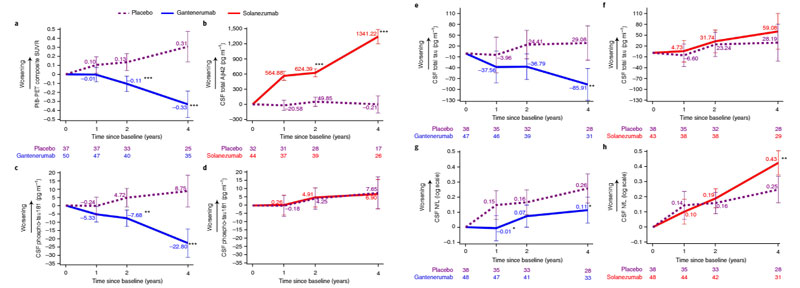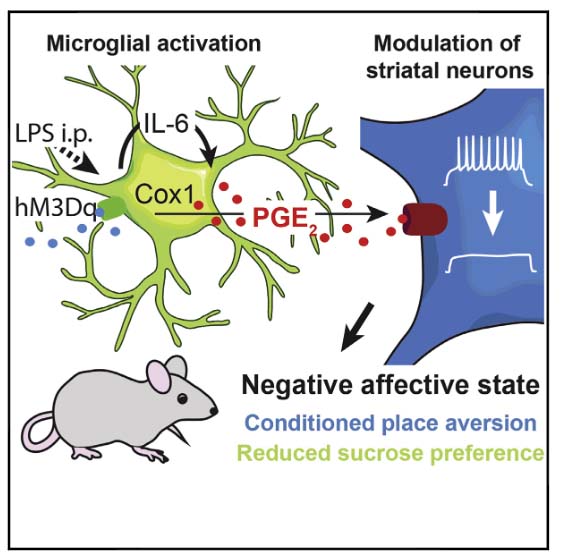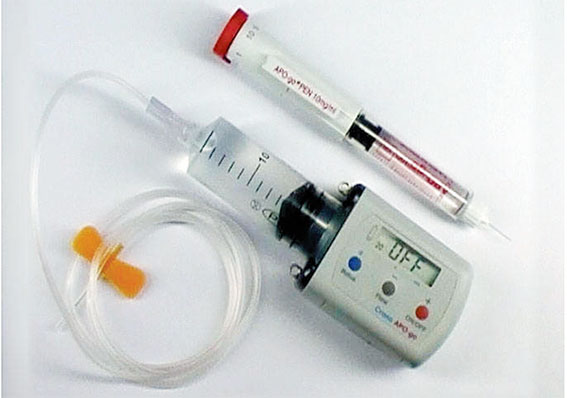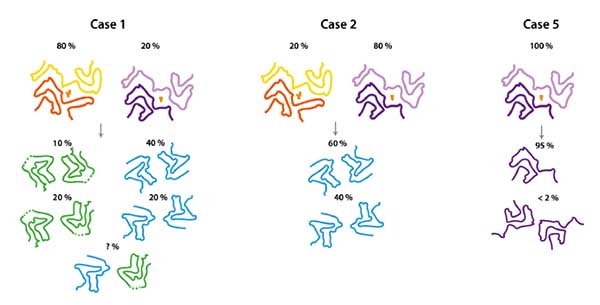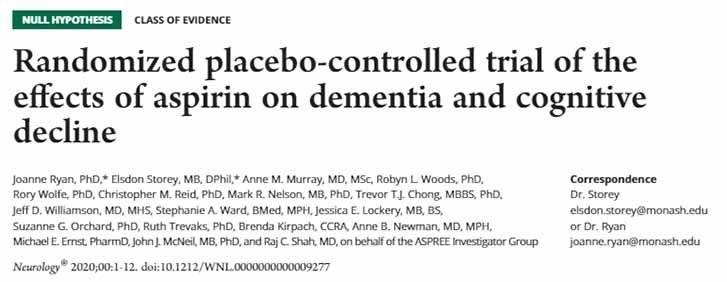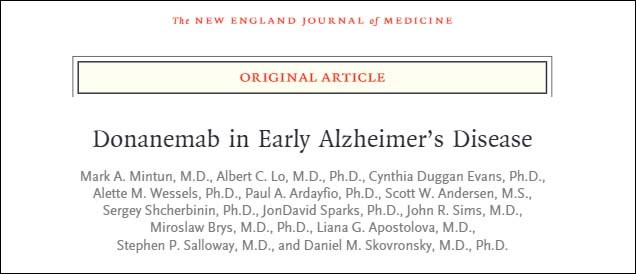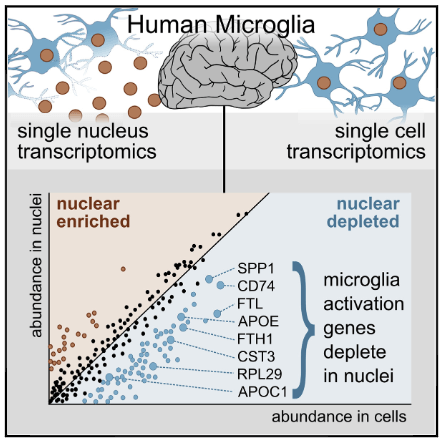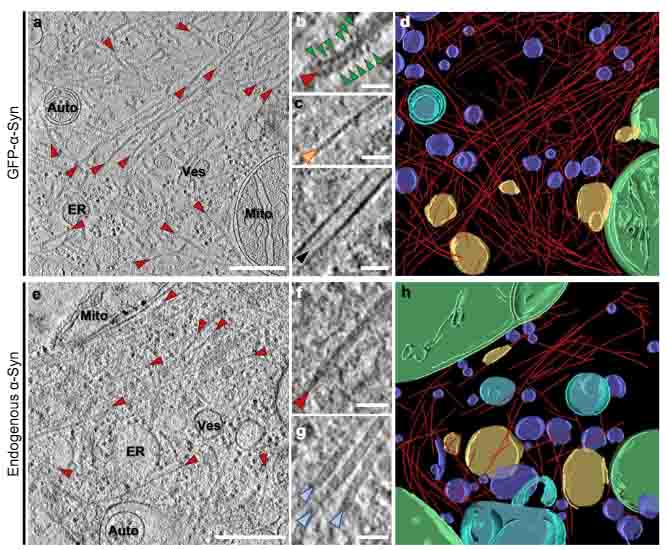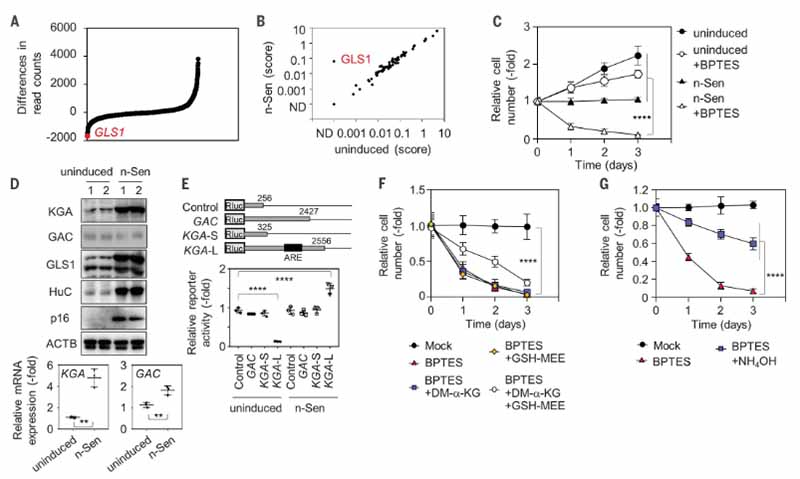
このブログでも何度か取り上げましたが、
細胞の老化は不可逆的な細胞周期の停止に特徴的な分泌の表現型を伴う現象で、様々な細胞内および細胞外の要因から引き起こされる。 p16INK4Kという細胞周期停止タンパクは、加齢に伴う組織の変性を促し、動脈硬化や関節炎などに …
Aβプラークはアルツハイマー病(Alzheimer's disease; AD)のhallmarkである。 NIHのZhang, Mattsonらは、AD患者の脳内およびADマウスモデル(APP/PS1)の脳内を調べ、A …
老化細胞(senescent cells)の除去(senolysis)は、アンチエイジングだけでなく、加齢に伴う様々な疾患の予防・治療ターゲットとして注目されています [1, 2]。
今回、東京大学の中西先生達の研究グループは、老化細胞の生命維持に関わる遺伝子、glutaminase 1 (GLS1) を同定し、その阻害薬で老化細胞が死滅し、体の組織が健康になる事を報告しました [3]。
Senescent cells are associated with a variety of age-related medical conditions and thus have been proposed as potential targets for therapy, but we do not yet have a full understanding of the underlying mechanisms. Johmura et al. used RNA interference to screen for enzymes essential to the survival of senescent cells (see the Perspective by Pan and Locasale). The authors identified a key role for glutamine metabolism, particularly the enzyme glutaminase 1, and demonstrated that inhibition of this pathway induced the death of senescent cells. Glutaminase targeting also ameliorated aging-related organ dysfunction and obesity-related disorders in mouse models, suggesting the potential therapeutic value of this approach. Science , this issue p. [265][1]; see also p. [234][2] Removal of senescent cells (senolysis) has been proposed to be beneficial for improving age-associated pathologies, but the molecular pathways for such senolytic activity have not yet emerged. Here, we identified glutaminase 1 ( GLS1 ) as an essential gene for the survival of human senescent cells. The intracellular pH in senescent cells was lowered by lysosomal membrane damage, and this lowered pH induced kidney-type glutaminase (KGA) expression. The resulting enhanced glutaminolysis induced ammonia production, which neutralized the lower pH and improved survival of the senescent cells. Inhibition of KGA-dependent glutaminolysis in aged mice eliminated senescent cells specifically and ameliorated age-associated organ dysfunction. Our results suggest that senescent cells rely on glutaminolysis, and its inhibition offers a promising strategy for inducing senolysis in vivo. [1]: /lookup/doi/10.1126/science.abb5916 [2]: /lookup/doi/10.1126/science.abf6368
GLS1を抑制すると老化細胞が死滅し、体が健康になる
彼らはまず、nutlin3aでp53を活性化し、老化が促進された細胞株 (hHCA2) を作成した。
hHCA2では、p15, CD26, IL-6, IL-8, senescence-associated β-galactosidase等の senescent マーカーの発現が上昇していた。
この老化細胞の生存に関わる遺伝子を調べるため、shRNA でスクリーニングを行ったところ、GLS1 が老化細胞の生命維持に関与することを突き止めた。
老化細胞の細胞内 pHは、リソソーム膜の障害により酸性に傾いていたが、これにより、GLS1 アイソフォームの1つである kidney-type glutaminase (KGA) の発現上昇が誘導された。
また、人の皮膚でも、加齢と KGA 発現上昇に正の相関があった。
老化細胞内の GLS1 を阻害すると、細胞内 pH が低下し、細胞死が誘導された。
この細胞死は、メディウムの pHを上げたり、アンモニアを添加することで抑制された。
以前から、GLS1 はグルタミンをグルタミン酸へ変換する過程でアンモニアを産生することが知られていたが、
今回の結果から、
老化細胞でリソソーム膜の障害
↓
細胞内のpH が低下
↓
GLS1の発現上昇
↓
アンモニア産生
↓
細胞内pHの維持
というメカニズムが考えられた。
最後に、老齢マウスに GLS1 阻害剤を投与したところ、様々な臓器・組織において老化細胞が減少し、
腎臓の糸球体硬化、肺線維症、肝炎症細胞浸潤 etc. 加齢に伴う様々な病態が改善した。
References
- Baker, D., Childs, B., Durik, M. et al. Naturally occurring p16Ink4a-positive cells shorten healthy lifespan. Nature 530, 184–189 (2016). https://doi.org/10.1038/nature16932
- Bussian TJ, Aziz A, Meyer CF, Swenson BL, van Deursen JM, Baker DJ. Clearance of senescent glial cells prevents tau-dependent pathology and cognitive decline. Nature. 2018 Oct;562(7728):578-582. doi: 10.1038/s41586-018-0543-y. Epub 2018 Sep 19. PMID:30232451; PMCID: PMC6206507.
- Johmura Y, Yamanaka T, Omori S, Wang TW, Sugiura Y, Matsumoto M, Suzuki N, Kumamoto S, Yamaguchi K, Hatakeyama S, Takami T, Yamaguchi R, Shimizu E, Ikeda K, Okahashi N, Mikawa R, Suematsu M, Arita M, Sugimoto M, Nakayama KI, Furukawa Y, Imoto S, Nakanishi M. Senolysis by glutaminolysis inhibition ameliorates various age-associated disorders. Science. 2021 Jan 15;371(6526):265-270. doi: 10.1126/science.abb5916. PMID:33446552.
